The Burden of Proof
Kids helping kids helping science—that’s the promise of pediatric clinical trials
- Feature
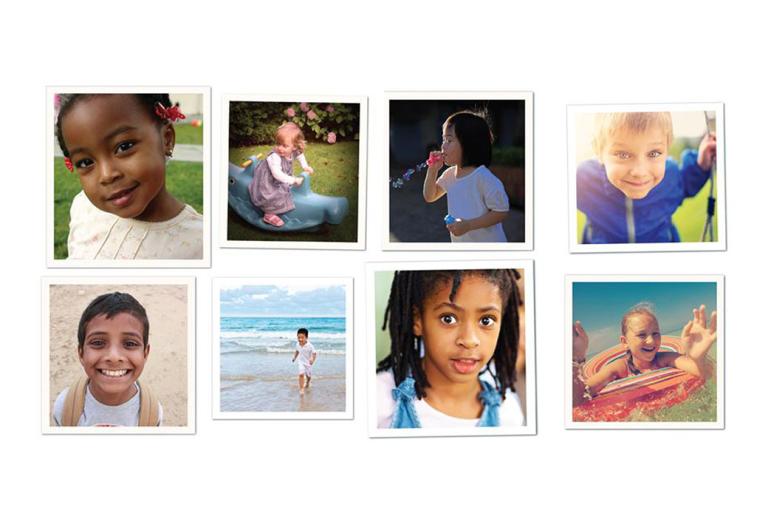
Four doctors file into Becca’s hospital room on their daily rounds, thirteen days after the teenager received a stem cell transplant. They rub their hands with sanitizing gel, then proceed to listen to her chest. The stethoscope they use stays in her room; when not in use, it hangs from the IV pole. An array of hair bows pinned next to cheerleading pictures on one wall leads a doctor to venture that Becca’s room could win a best-decorated contest.
The 15-year-old says she always wears a bow in her hair. Not losing her hair to chemotherapy is perhaps the most tangible sign of the gentler approach doctors are taking to treat her rare disease. Dyskeratosis congenita is an inherited disorder in which telomeres—the protective caps on the ends of chromosomes—are not properly maintained, a situation that can lead to changes in the controls on cell division. Becca’s rapidly dividing cells burn out quickly, leading to bone marrow failure. Because her cells do not repair damage as well as they should, she is more susceptible to cancer and organ failure.
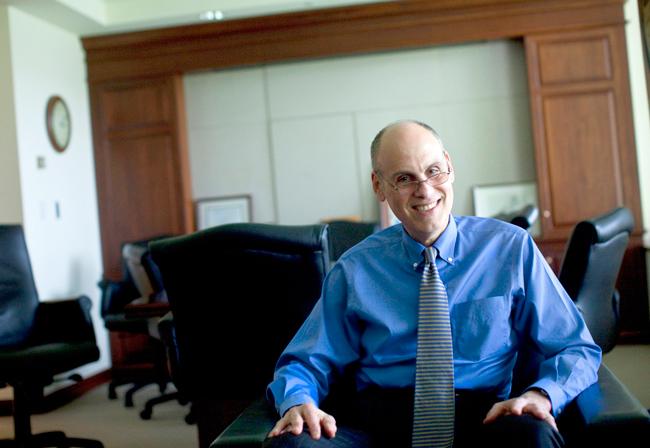
The chemotherapy or radiation typically used to prepare a body for a bone marrow transplant is extraordinarily harsh, and Becca’s condition makes her even more vulnerable to the aggressive nature of these conventional tools. To help her body accept the donated stem cells, doctors instead gave Becca immunosuppressive drugs only. In other studies, this approach has shown that the more robust cells will outcompete the leftover damaged cells and will survive.
One of Becca’s doctors wears two hats: clinician and researcher. He oversees her care—and the research study’s protocol. Becca is one of five participants in the pilot study.
Her parents wouldn’t have it any other way. Their unease with having their daughter be one of only a handful of patients in the world to receive this alternative treatment was calmed when they learned that their daughter’s doctor is an expert in her disease. Today, the disease neither of them had heard of until Becca’s diagnosis four months ago has become their own object of study. They know her dates and diagnoses; they understand there is a 10 percent risk that her body won’t accept the transplanted cells or be able to produce its own. They check her online patient portal daily to see what her blood counts are, willing her absolute neutrophil count above 500, the threshold of transplant success.
“You just watch the numbers and pray,” her mother says. “There’s nothing else you can do. Whether you believe in God or not, you pray.”
Small Trials
Clinical trials like Becca’s propel progress in medicine, especially in children’s cancer, oncologists and scientists say. Yet by definition, research is a search for answers. Scientists, clinicians, ethicists, parents—and sometimes children—must make decisions that balance potential risk against potential benefit for one child, and, ultimately, for all children.
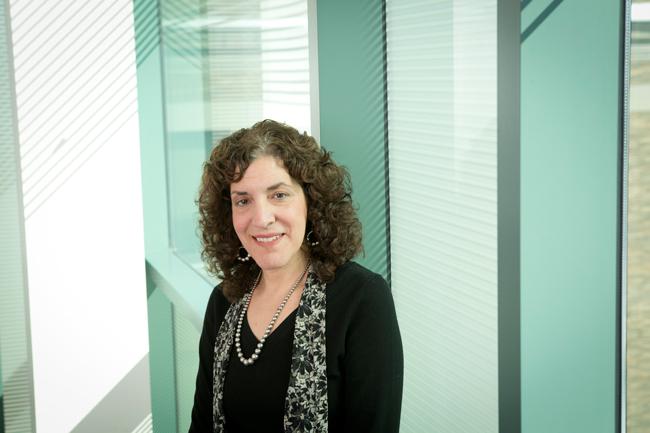
Testing new therapies in children has become more common since the 1960s. Then, a drug protocol was a math problem in which an adult dose was divided by a child’s weight. Although more is now known about how drugs affect children at different developmental stages, most drugs used today in children have never been tested in children.
“For eons, cultures treated children as small adults. The same can be said for medicine,” says Alan Guttmacher ’81, director of the Eunice Kennedy Shriver National Institute of Child Health and Human Development. “Yet, it’s clear they are not small adults, and in terms of therapies that fact has specific impact.”
Children, for example, don’t metabolize drugs the same way adults do. Toxicities vary for young, developing organs; what is toxic to a 6-month-old may be differently tolerated by a 6-year-old, and tolerance may again change for a 16-year-old. Each may show a significantly different degree of toxicity when compared with that of a 60-year-old. In addition, because of individual genetic and physiological differences, there will likely be internal variation within any age group.
In the Balance
Fears over harming vulnerable children in the name of research, however, may have produced unintended consequences.
“We protected children so long from research experiments,” says Susan Kornetsky, director of clinical research compliance at Boston Children’s Hospital, “that each time we prescribed a drug for them for which there was no pediatric data, we actually subjected children to an uncontrolled experiment. You had to select a drug tested only in adults, and then take your best guess that maybe it would work the same way in children.” As a member of her hospital’s institutional review board (IRB), Kornetsky is responsible for reviewing research protocols to ensure they meet regulatory and ethical standards.
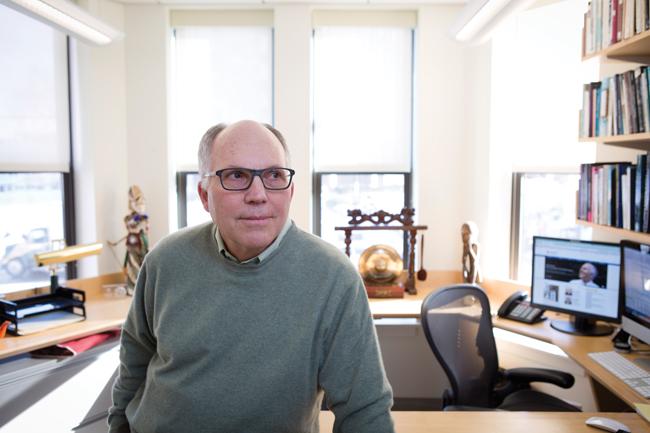
The enrollment of children in research studies has risen throughout the past decade. Among children under the age of 15 who are diagnosed with cancer, roughly six out of every ten participate in clinical trials. This rather robust enrollment rate may be attributed to the fact that the relative rarity of cancer in children means that the 15,000 children diagnosed with the disease annually in the United States will more likely be cared for at academic medical centers, focal points for clinical research. Among adults diagnosed with cancer, fewer than one in twenty participate in clinical trials.
IRB panels must weigh the likelihood that a child will be put in jeopardy or reap a benefit by participating in a research trial. If no other treatment will work, the balance tilts toward benefit. If, however, other treatments are available, federal regulations say the anticipated risk and benefit to the child in the trial must be equivalent to those from alternative approaches. That standard does not exist for adults.
“That’s where the regulations and ethics get a bit fuzzy,” says Robert Truog, director of the HMS Center for Bioethics and the HMS Frances Glessner Lee Professor of Medical Ethics, Anaesthesia, and Pediatrics at Boston Children’s. “If a child can benefit from the research, then that’s a justification for exposing that child to more than minimal risk in a research study. But if you have good reason to believe that the treatment is beneficial, then you should be using it as a treatment and not limiting its use through clinical trial. By definition, when you’re doing clinical research, you don’t know whether what you are about to do is going to be beneficial or harmful.”
Kindness of Strangers
Doctors who double as researchers are careful to guard against confusing the mission of providing the best care with that of furthering the science. They take pains to explain to potential study participants what is known and what they hope to learn, all to avoid any “therapeutic misconception” that might arise in the minds of patients or in those of parents who are weighing whether to enroll their child in a research trial.
Paul Appelbaum ’76, director of the Division of Law, Ethics, and Psychiatry at Columbia University, coined the term therapeutic misconception some thirty years ago. He says parents may be particularly prone.
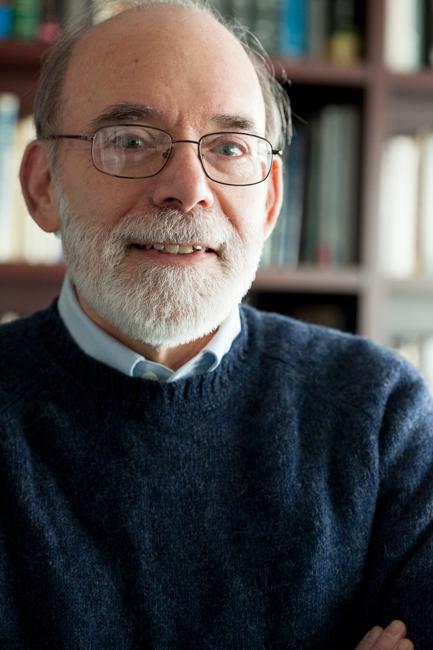
“Many research subjects hold on to the idea that the doctor will decide what’s best for them,” Appelbaum says. “When consenting on behalf of their children, parents may be particularly likely to focus on the possible benefit and to ignore the fact that the study is not intended solely to benefit their children.”
Clinicians can help undercut misconceptions by explaining the differences between treatment and research, including the role of placebos, which are inactive medications administered as checks on the efficacy of the medication being studied, and by explaining that, unlike in clinical care, research protocols may restrict the degree to which drug dosages may be adjusted.
Kornetsky urges families to talk with their family doctors before making a decision. She advises primary care physicians to help educate families about the importance of research, and she reminds families that they should ask as many questions as necessary to make their decision, and that, in the end, they can say no.
Amy Billett ’84, an HMS associate professor of pediatrics, says she is meticulous about informing families and patients about the differences between standard-of-care treatment and clinical research. Billett, who is also director of safety and quality for Dana-Farber/Boston Children’s Cancer and Blood Disorders Center, has seen prospects improve dramatically for children with certain forms of cancer. In some of the blood cancers, for example, cure rates exceed 90 percent.
Research now focuses on tuning treatment approaches to spare patients from troubling side effects. Billett is involved in a study testing a new form of a drug that has long been approved for therapeutic use. The aim is to determine whether the new form—which would be given every three weeks instead of every two weeks—works as well as the approved form of the drug.
Billett explains to parents that the researchers have no reason to think the new form of the drug is different from the old form. She also points out that researchers can’t guarantee that the drug, if different, isn’t different in a harmful way.

Leslie Lehmann, an HMS assistant professor of pediatrics and the clinical director of the Pediatric Stem Cell Transplant Center at Dana-Farber/Boston Children’s, encourages families to get a second opinion. She also stresses the broader importance of rigorously studying treatments.
“The beauty of a trial is that you’re able to capture the path of every patient: the good, the bad, and the complications,” she says. “In children, we are so focused on decreasing toxicity to allow them a normal lifespan that we conduct a trial to make sure that our thought that this is a gentler, safer therapy is really true.”
When standard treaments fail, however, the risk of trying an experiemental treatment may be more acceptable.
For the parents of a five-year-old girl with multiple malignant brain tumors, no decision has been easy. When chemotherapy failed, options seemed bleak. Then molecular analysis revealed that the tumor cells of her rare, incurable cancer carried a mutation in the BRAF gene that is found in 5 percent of such cancers. An experimental drug that blocks that mutation has been used extensively in adults, but never for brain tumors—and never in children.
Pediatric neuro-oncologist Mark Kieran, an HMS associate professor of pediatrics and the clinical director of the Pediatric Brain Tumor Program at Dana-Farber/Boston Children’s, asked the young girl’s parents whether they wanted her to participate in a clinical trial.
“As you break down each individual’s tumor, it’s almost like each trial is a unique trial for a unique patient,” he says. “This child’s tumor turned out to have a mutation identical to one found in an adult tumor, one for which pharmaceutical companies have already developed a drug. We’re not always that lucky.”
Knowing their child would be the first to receive this therapeutic approach unnerved the girl’s parents. But that statistic was nowhere near as chilling as the statistics on her chance for surviving the cancer. After two months of treatment, her tumors disappeared. Now after nearly two years of taking pills twice daily, she is thriving at school and play, wearing sparkly outfits, and planning fishing trips.
Occasionally, there isn’t even a faint hope of cure or prolonged life. In those situations, parents—and sometimes children—are motivated by the thought that their actions could help other children. In these cases, it is not therapeutic misconception that motivates participation. It is altruism.
Photos, from top: Brendan Smialowski, John Soares (Kornetsky and Truog), Flynn Larson, John Soares